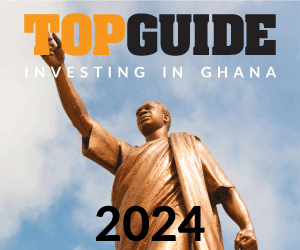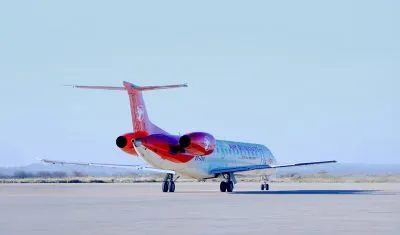Tanzania’s abundant mineral reserves have not been sufficiently exploited, even with the growing presence of global miners. A closer look reveals a series of developments that could well lift the economy sky high.
Ranked as the world’s fourth- largest gold producer and the sole producer of tanzanite (a mineral far more rare than diamonds), Tanzania has attracted a handful of mining giants from across the globe. From gold, diamond and gemstones, to the more recently discovered nickel, copper, uranium, titanium, cobalt and platinum, the East African nation is blessed with almost every mineral known to man.
Of particular interest in this basket of rich minerals is tanzanite, a brilliant and rare gemstone found only in Tanzania, but unfortunately not as well known globally as diamonds; yet it has a higher value than diamonds.
In Tanzania, tanzanite is mined in the foothills of Mount Kilimanjaro, Africa’s highest mountain. Recent geological research indicates that this source will be depleted in the next decade or two, and that the chances of finding tanzanite anywhere else in the world are “less than one in a million”. So if you don’t have a piece of this mostly dark blue gemstone yet, get one now! It might be too expensive to buy in 20 years’ time, when Tanzania’s supply runs out.
Turning to more well-known minerals, in the past five years, annual gold exports from Tanzania have tripled to $1.7bn as prices have increased, but government revenues have remained flat at around $100m a year.
The gap between the gold profit and government revenue is not a mystery – Tanzania has been providing tax and investment incentives to lure foreign companies for years, and in the process missing out on substantial revenue.
Following criticism over the industry’s relatively minor contribution to economic growth, the government started undertaking major reforms of its mining regulations. At an industry conference in November, Minerals and Energy Minister William Ngeleja vowed to raise royalty payments on gold exports, saying that new rates would be applied by the end of 2011.
This will be the second rise in less than two years. The 2010 Mining Act had increased the rate of royalty paid on minerals by a meagre 1%, increasing it from 3% to 4%. But more importantly, it required the government to own a stake in future mining projects.
Since enforcing the law, the state has become actively engaged in mining activities and now holds a 30% stake in Ngaka coal and 45% in the Buckreef gold project.
On the other hand, the government is considering abolishing the fuel tax refund to mining companies as a way to generate more revenue from this colossal industry, which currently consumes about 13.5 million litres of fuel per month, according to the Tanzania Chamber of Minerals and Energy.
However, all existing arrears owed by companies to the government – estimated at $274m – will be fully paid. But, according to Ally Samaje, the acting commissioner of minerals, “the most urgent issue is the royalty rate, so that government gains from current gold prices”.
When the mineral sector was liberalised in the late 1980s, a mining rush took over and still prevails. Although the advantages of large-scale mining are undeniable, having provided employment for thousands of Tanzanians, many blame large-scale mining for the displacement or relocation of villagers and small-scale miners, who are often forced to move away from their local areas for mining companies to operate there.
Some communities even claimed that their livelihoods were disrupted and their water sources polluted by large-scale mining.
Despite this darker side of mining, the industry will continue to occupy a prime position in the government’s development strategy. The country’s Vision 2025 Plan aims at transforming Tanzania into a middle income country, with a high level of industrialisation, competitiveness, a quality livelihood and a per capita income of $3,000 by the year 2025. So far, it seems a tall order, but the country is determined to achieve its target by the 2025 deadline.
In the medium term, there is a five-year development plan running concurrently with Vision 2025. Under this plan, the government wants to sustain macro-economic stability and growth (ie, GDP, employment, trade and investments growth), ensure the availability and accessibility of land for productive purposes, and enhance good governance, underlined by the rule of law.
Poverty is still a problem in Tanzania, as in most developing countries. So by enhancing the investment environment, and removing all barriers to trade and industry, the government hopes that more new jobs will be created to underpin even more growth in the economy, and by so doing reduce poverty and bring prosperity for all.
It is a delicate balance, and the government wants the extractive industry to play their part in a more responsible way.
Want to continue reading? Subscribe today.
You've read all your free articles for this month! Subscribe now to enjoy full access to our content.
Digital Monthly
£8.00 / month
Receive full unlimited access to our articles, opinions, podcasts and more.
Digital Yearly
£70.00 / year
Our best value offer - save £26 and gain access to all of our digital content for an entire year!

 Sign in with Google
Sign in with Google 





